Introduction to Hearing Aid Glasses
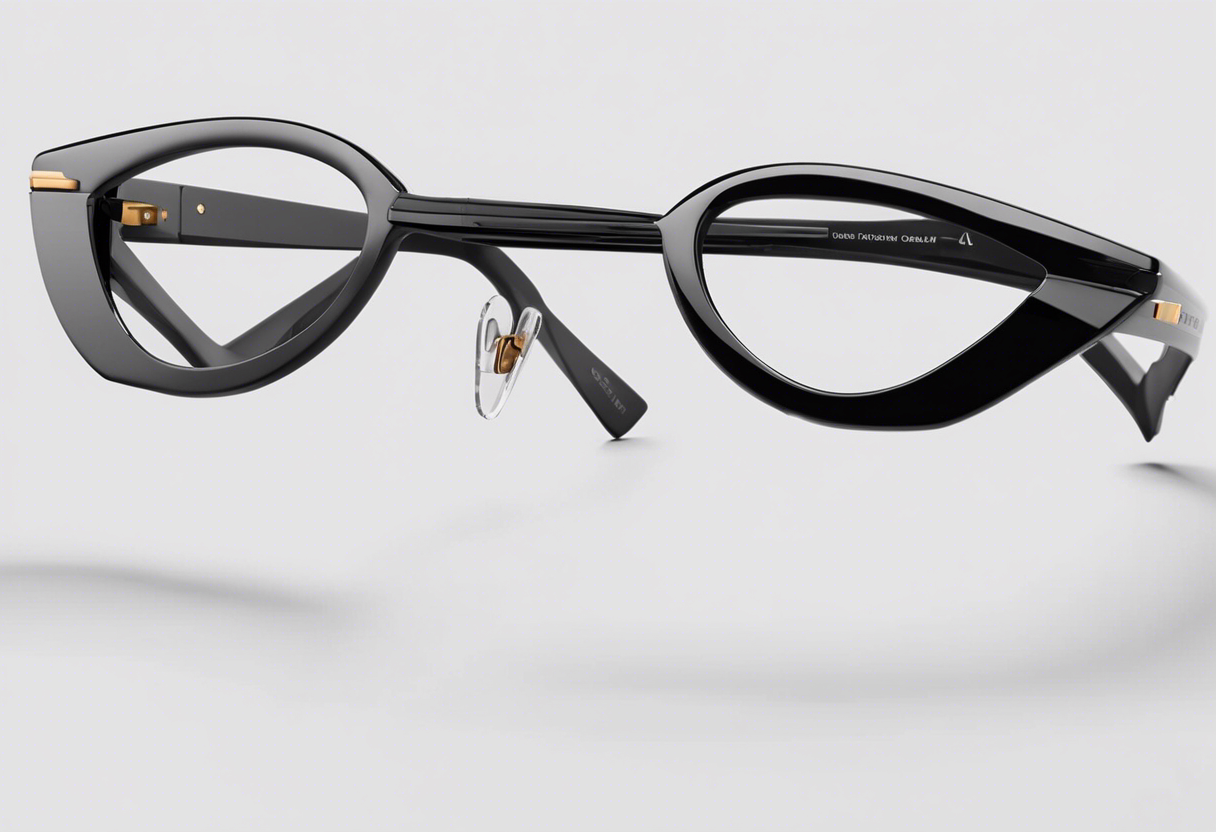
Hearing loss is a common condition that affects millions of people around the world. Traditional hearing aids are the best solution for people with hearing loss. However, technological advances have paved the way for innovative solutions such as hearing aid glasses. The hearing aid glasses
combine the functionality of a hearing aid with the aesthetics of glasses. These devices integrate small, discreet hearing aids into specially designed eyeglass frames.The result is a simple and practical solution for people with hearing and vision problems.
The concept of hearing aid glasses is to make hearing aids less visible and more comfortable for the user. By integrating hearing aids into the glasses frame, separate devices behind the ears or in the ear canals are no longer necessary. This design also allows for better sound direction and reduces wind noise for a more natural listening experience.
One of the advantages of hearing aid glasses is their versatility.This complete solution can be used by people who wear regular glasses or require corrective lenses. They eliminate the need to choose between wearing glasses or traditional hearing aids and simplify your everyday life.
In the following sections we will go into more detail about the components, functions and advantages of hearing aid glasses. We also discuss what you should consider when choosing the right hearing aid glasses for your specific needs.
The Technology Behind Hearing Aid Glasses
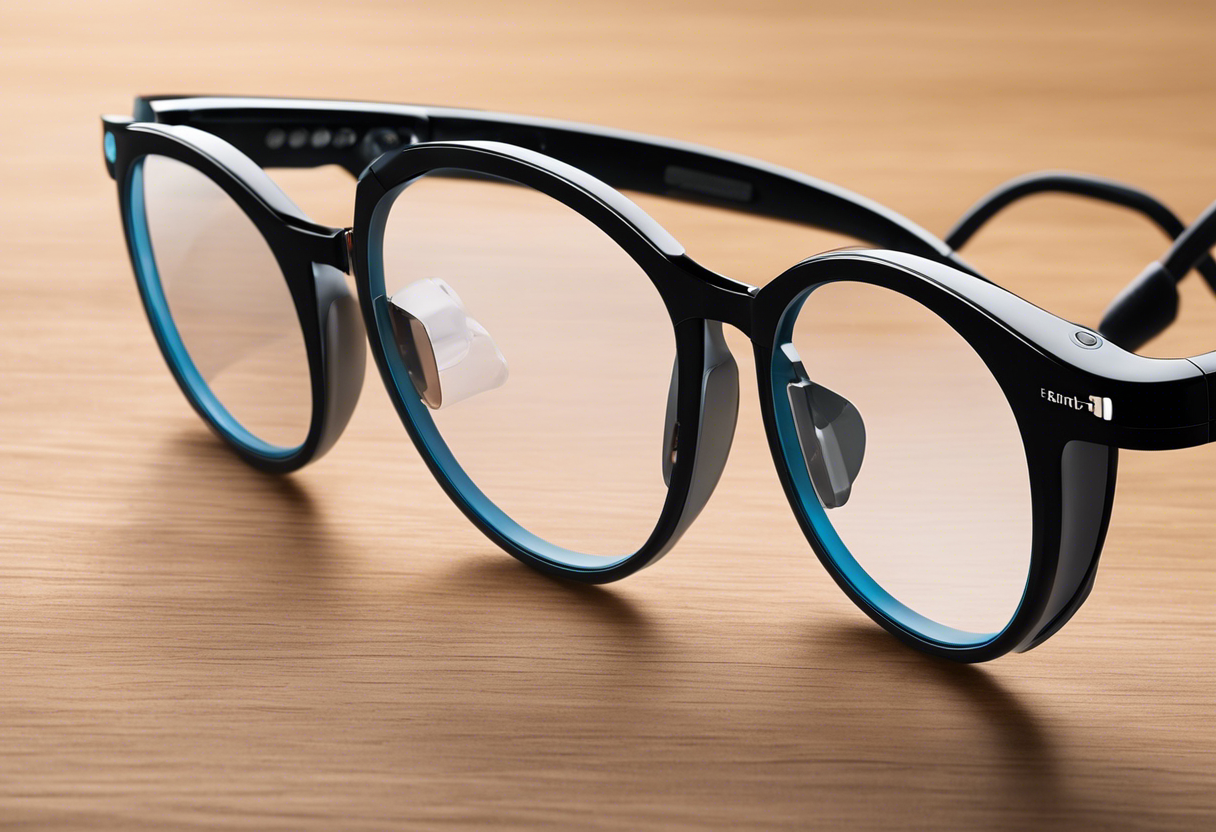
Hearing aid glasses are a revolutionary solution that combines the benefits of both hearing aids and eyewear. These innovative devices utilize advanced technology to enhance the hearing experience for individuals with hearing loss.
One of the key components of hearing aid glasses is the miniaturized digital signal processing (DSP) technology. DSP technology is responsible for processing and amplifying sound signals to deliver clear and natural sound to the wearer. The DSP system is designed to analyze environmental sounds and automatically adjust the amplification settings based on the wearer’s preferences and the specific listening situation.
Additionally, hearing aid glasses feature directional microphones that help to focus on sounds coming from the front while reducing background noise from other directions. This feature allows wearers to better understand conversations in noisy environments, such as a crowded restaurant or a busy street.
Furthermore, hearing aid glasses are equipped with Bluetooth technology, enabling wireless connectivity with a variety of devices such as smartphones, televisions, and music players. This connectivity allows wearers to stream audio directly to their glasses, eliminating the need for additional accessories or cumbersome wires.
Another important feature of these glasses is their rechargeable battery. Instead of relying on traditional disposable batteries, hearing aid glasses come with built-in batteries that can be easily charged using a charging case or a docking station.
Advantages of Using Hearing Aid Glasses

When it comes to hearing solutions, hearing aid glasses have emerged as a groundbreaking option that offers several advantages. These innovative devices, which combine the functions of traditional spectacles with the benefits of hearing aids, have revolutionized the way people with hearing loss can enhance their hearing abilities. Here are some of the key advantages of using hearing aid glasses:
- Discreet and Stylish: One of the major advantages of hearing aid glasses is that they are discreet and blend seamlessly into a person’s appearance.
- Enhanced Sound Quality: Hearing aid glasses are equipped with advanced technology that provides excellent sound quality. They utilize digital signal processing and sophisticated algorithms to amplify sound and enhance speech clarity.
- Hands-Free Operation: Hearing aid glasses free users from the hassle of constantly fidgeting with traditional hearing aids.
- Improved Spatial Awareness: Traditional hearing aids can sometimes create a sense of auditory occlusion, making it challenging for wearers to accurately perceive sounds from different directions.
- Customization and Personalization: Hearing aid glasses can be personalized to suit individual needs and preferences.
- Seamless Integration with Other Technologies: Hearing aid glasses can seamlessly connect to other devices through wireless technology, such as Bluetooth.
Disadvantages of Hearing Aid Glasses

While hearing aid glasses offer a promising solution for individuals with hearing impairments, they also come with certain disadvantages. Here are some drawbacks to consider before opting for this technology:
- Complexity: combine two separate devices, which can make them more complex to use and maintain.
- Limited customization: Unlike traditional hearing aids, which can be tailored to the specific needs of the user, it may have limited customization options.
- Limited style options: While hearing aid glasses have made significant strides in terms of design, the range of style options is still relatively limited compared to traditional glasses.
- Higher cost: Hearing aid glasses often come with a higher price tag compared to traditional hearing aids or glasses alone. The integration of the two technologies and the specialized features can increase the overall cost of these devices.
- Power source limitations: Hearing aid glasses rely on batteries or rechargeable power sources to function.
- Potential compatibility issues: As with any emerging technology, there may be compatibility issues between hearing aid glasses and other devices or accessories. Users may face challenges when trying to connect their glasses to smartphones, televisions, or other audio devices. This can limit the seamless integration of hearing aid glasses into daily life activities.
The Future of Hearing Aid Glasses
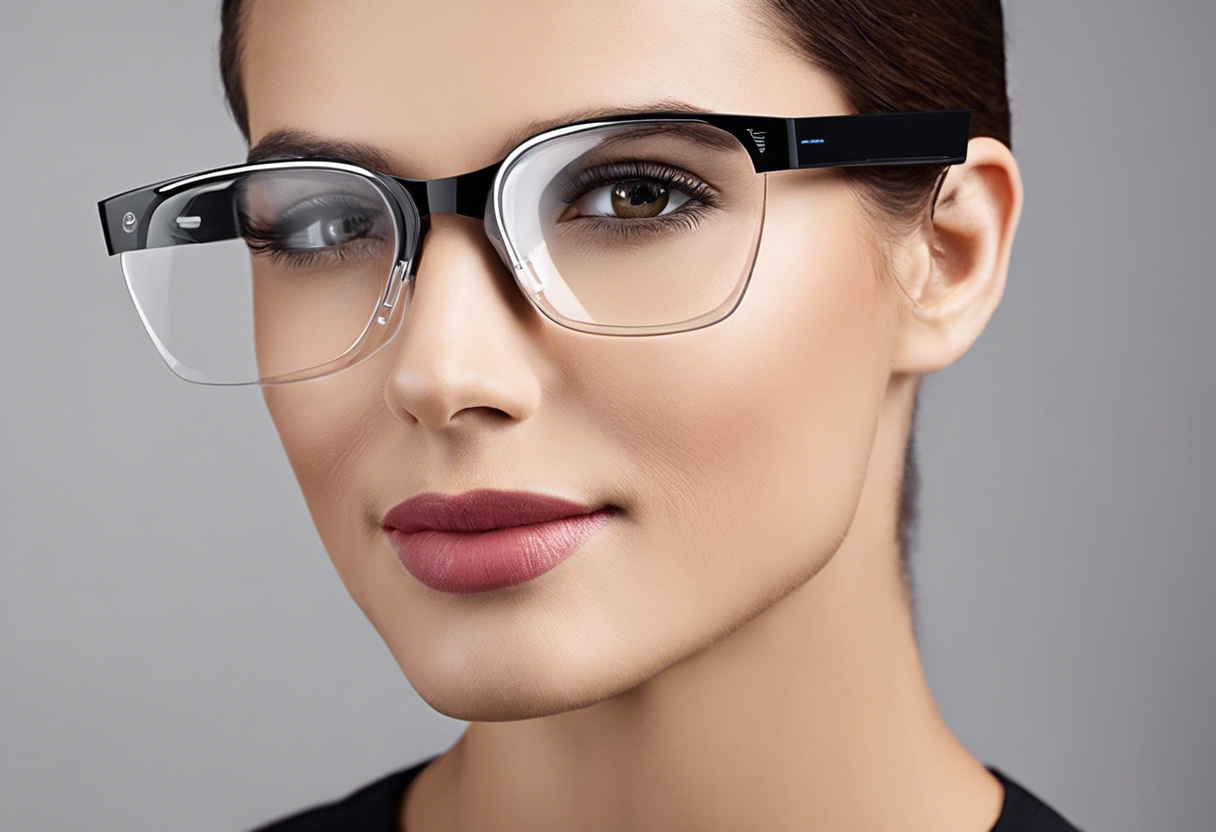
In recent years, there have been significant advancements in the field of hearing aid technology. One exciting development is the integration of hearing aid functionality into glasses. These innovative devices, known as hearing aid glasses, combine the benefits of vision correction with enhanced hearing capabilities.
The future of hearing aid glasses is promising. As technology continues to advance, we can expect even more sophisticated features and functionalities. Some potential future developments include:
- Smart Glasses Integration: With the growing popularity of smart glasses, we can anticipate the integration of hearing aid technology into these devices. This would allow wearers to access a range of additional digital features and services, such as real-time language translation, audio streaming, and voice assistants, all accessible through their glasses.
- Wireless Connectivity: Improved wireless connectivity will enable hearing aid glasses to communicate seamlessly with other devices, such as smartphones, televisions, and home automation systems. This connectivity will enhance the overall user experience and provide additional functionality.
- Artificial Intelligence (AI) Capabilities: AI-powered hearing aid glasses will be able to adapt and optimize sound settings based on the individual’s listening preferences and environments. These devices will continuously learn and adjust to provide the best possible hearing experience in real-time.
- Augmented Reality (AR) Integration: Hearing aid glasses could incorporate AR technology to provide wearers with real-time captions or subtitles during conversations, presentations, or other auditory experiences. This would enhance communication and accessibility for individuals with hearing loss.
Comparing Hearing Aid Glasses with Traditional Hearing Aids
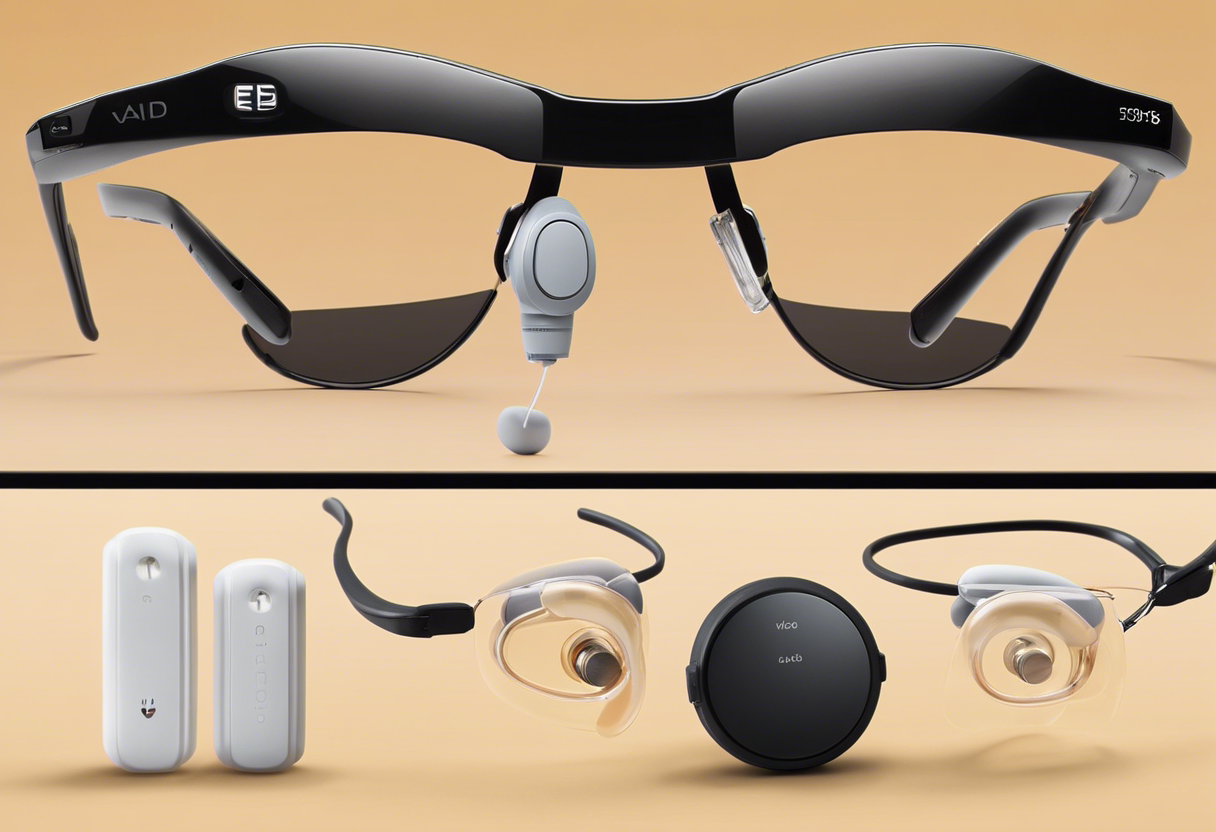
Here are some key points to consider:
- Dual Functionality: Hearing aid glasses offer the advantage of combining two essential devices into one. With traditional hearing aids, wearers have to manage both their glasses and the hearing aids separately.
- Discreet Design: provide a discreet solution for individuals with hearing loss. The components of the hearing aid are integrated into the frame of the glasses, making them less noticeable compared to traditional hearing aids, which can often be visible when worn.
- Improved Sound Localization: One significant advantage of hearing aid glasses is their ability to provide improved sound localization. By placing the microphones on the glasses’ frame, the wearer can better determine the direction from which sound is coming.
- Ease of Use: can be more user-friendly for individuals who frequently wear glasses.
- Customizable Frames: offer a wide range of frame styles and designs to suit individual preferences. Wearers can choose from various frame materials, shapes, and colors, allowing them to express their personal style while benefiting from improved hearing.
- Battery Life: Traditional hearing aids often require frequent battery changes. In contrast, hearing aid glasses utilize rechargeable batteries, eliminating the need for constantly purchasing and replacing batteries. This can be a convenient and cost-effective solution for users.
- Preservation of Natural Sound: Unlike traditional hearing aids that can sometimes give a “blocked” feeling to some wearers, hearing aid glasses allow for more natural sound perception.
How to Choose the Right Hearing Aid Glasses
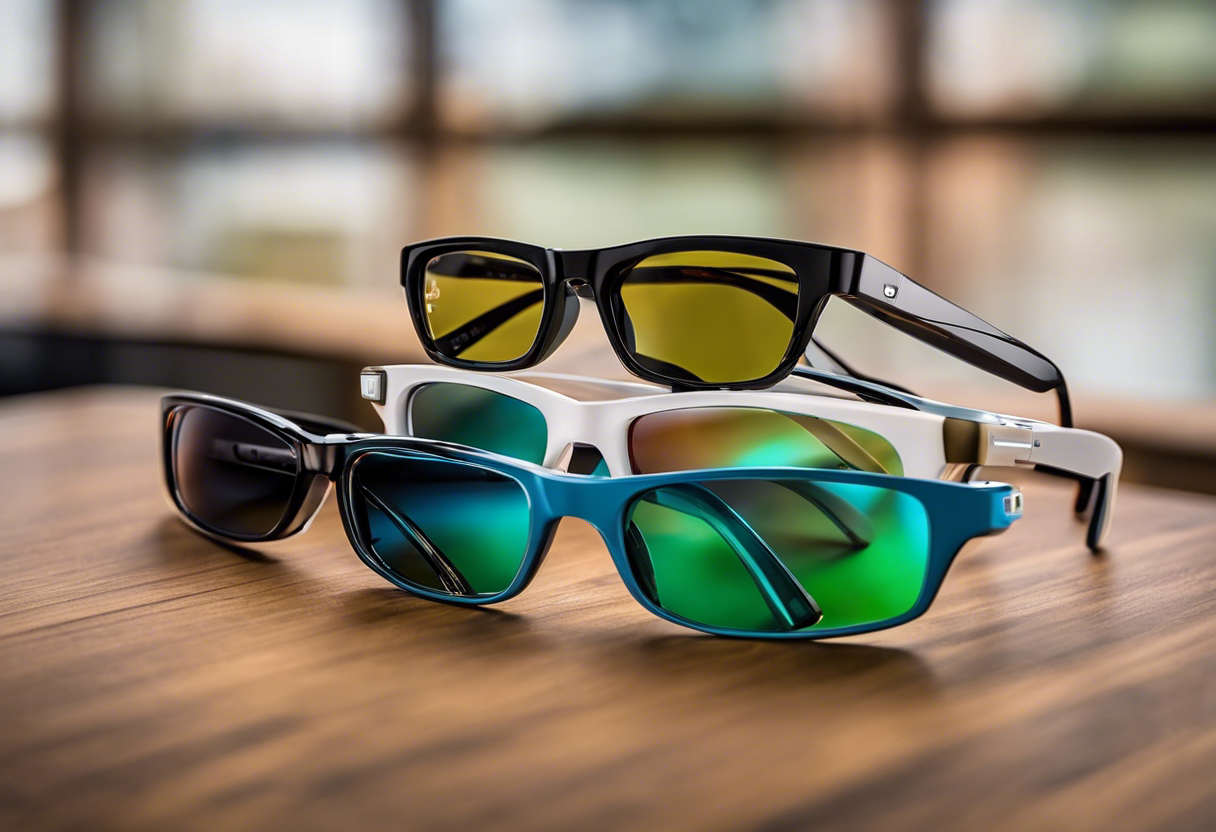
It is important to consider various factors to ensure the best fit and functionality. Here are some key points to keep in mind:
- Consult with a professional: Seek guidance from an audiologist or hearing healthcare specialist who can assess your hearing needs and recommend suitable hearing aid glasses based on your individual hearing loss and lifestyle.
- Consider your hearing requirements: Different hearing aid glasses offer varying levels of amplification and sound processing features.
- Find the right style and design: it come in a variety of styles, including full-frame, half-frame, and frameless options.
- Evaluate battery life and charging options: Some hearing aid glasses operate on disposable batteries, while others have rechargeable options.
- Seek compatibility with other devices: If you frequently use electronic devices such as smartphones or tablets, look for hearing aid glasses that offer seamless connectivity and compatibility. This will enable you to stream phone calls, music, or other audio directly to your glasses.
- Consider the warranty and after-sales support: Opt for hearing aid glasses that come with a warranty and reliable after-sales support. This ensures peace of mind and prompt assistance if any issues arise with your device.
Real-life Experiences

While the concept of hearing aid glasses may still be relatively new, there have been individuals who have already had the opportunity to try out this innovative technology. These real-life experiences shed light on the practicality and benefits of using it.
- Enhanced Hearing Experience: Users have reported a significant improvement in their overall hearing experience when using hearing aid glasses. The combination of both visual and auditory assistance allows wearers to have a more comprehensive understanding of their surroundings.
- Convenience and Comfort: Many users have praised the convenience and comfort of wearing hearing aid glasses. By integrating the two devices into one, individuals no longer need to carry a separate hearing aid device. The glasses provide a discreet and seamless solution for those with hearing loss.
- Aesthetic Appeal: One notable advantage of hearing aid glasses is their aesthetic appeal. Unlike traditional hearing aids, which can be quite noticeable, hearing aid glasses blend in seamlessly with a wearer’s appearance. This allows individuals to feel more confident and engaged in social interactions.
- Easy Adaptability: Users have found hearing aid glasses to be easy to adapt to. The familiar format of glasses makes it a smooth transition for those who already wear corrective eyewear. The intuitive controls and user-friendly interface also contribute to the simplicity of using this technology.
- Tech Integration: Another aspect that users appreciate is the integration of additional technological features into this technology.
Addressing Common Misconceptions
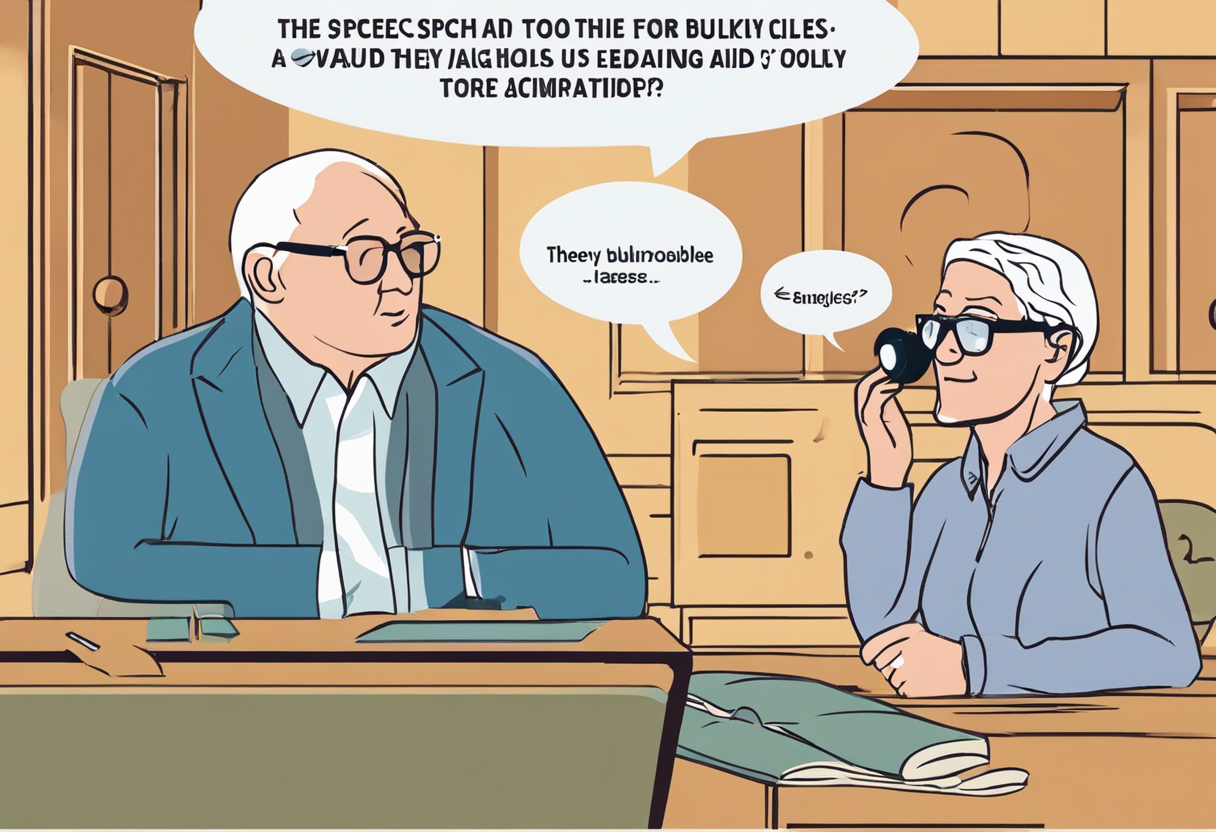
- They are bulky and unattractive: One common misconception about hearing aid glasses is that they are bulky and unattractive. However, with advances in technology, manufacturers have been able to design sleek and stylish glasses that incorporate discreet hearing aid components.
- They are uncomfortable to wear: Another misconception is that wearing hearing aid glasses can be uncomfortable. However, many hearing aid glasses now feature lightweight materials and ergonomic designs that ensure a comfortable fit.
- They are not as effective as traditional hearing aids: Some individuals may assume that hearing aid glasses are not as effective as traditional hearing aids. However, hearing aid glasses use similar advanced technology to provide clear sound amplification. They can be customized to match the specific hearing needs of the individual, offering a tailored solution to address hearing loss. In fact, for individuals who already wear eyeglasses, the combination of hearing aids and glasses can provide a convenient and effective option.
- They are extremely expensive: Cost can be a concern for those considering hearing aid glasses. However, while the price may vary depending on the features and technologies included, there are options available at various price points. Additionally, many insurance plans may cover some or all of the cost of hearing aids, including hearing aid glasses.
- They require high maintenance: It is a common misconception that hearing aid glasses require high maintenance.
Conclusion
In conclusion, it represent an exciting future for the hearing solutions industry. With their seamless integration of hearing aid technology into eyewear, they offer individuals with hearing loss a discreet and stylish way to enhance their hearing abilities. As technology continues to advance, the possibilities for even more sophisticated and user-friendly hearing aid glasses are endless. It is time for individuals to embrace this innovation and enjoy the benefits they provide for improved communication and overall well-being.
